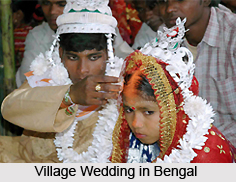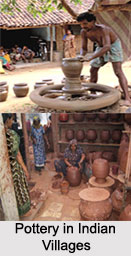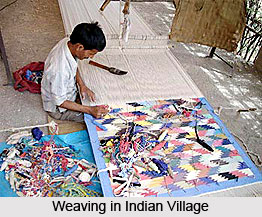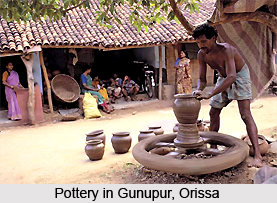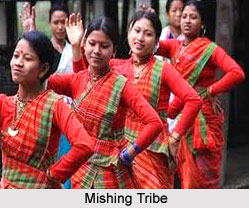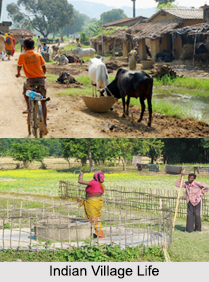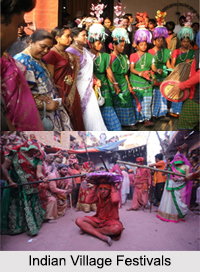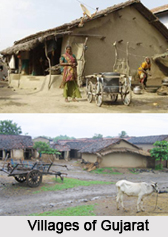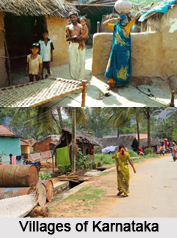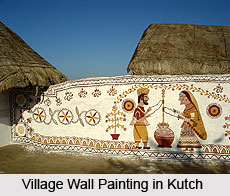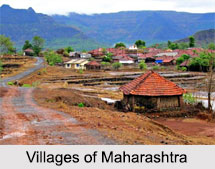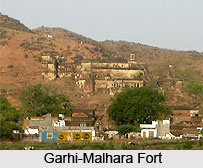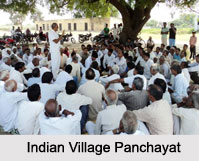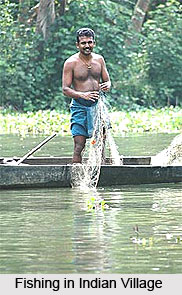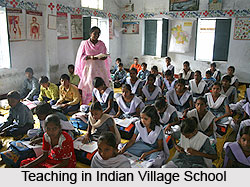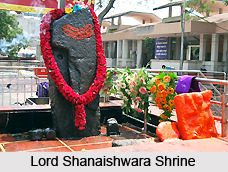 History of Shani Shingnapur can be traced back to ancient times. Shani Shingnapur village, located in Ahmednagar district of Maharashtra, is famous for hosting the shrine of Lord Shani. The deity is greatly revered there and is believed to protect the village from theft. It is also believed that the deity here emerged on its own from earth in the form of a black stone. Thus it is also called Swayambhu statue. There is also a myth associated with the same which has passed down through generations in the form of oral literature.
History of Shani Shingnapur can be traced back to ancient times. Shani Shingnapur village, located in Ahmednagar district of Maharashtra, is famous for hosting the shrine of Lord Shani. The deity is greatly revered there and is believed to protect the village from theft. It is also believed that the deity here emerged on its own from earth in the form of a black stone. Thus it is also called Swayambhu statue. There is also a myth associated with the same which has passed down through generations in the form of oral literature.
Legend of Shani Shingnapur
It is said that once a shepherd, with a pointed rod, touched this stone and the stone began bleeding. This astounded the shepherd and soon all the people of the village gathered there to witness the miracle. On that very night, the most devoted and pious of the shepherds, saw a dream in which Lord Shanaishwara appeared. He himself revealed his identity to the shepherd and told him that his swayambhu form has appeared as the unique black stone. Praying him, the shepherd asked him that whether he should built a temple for him. But Lord Shanaishwara denied saying that the sky is his roof and there is no need to construct a temple as he preferred to stay under the open sky. He also asked the shepherd to perform daily worship. Instructions for performing Tailabhisheka every Saturday without a miss was also given. With this, the Lord promised to protect the hamlet from dacoits, burglars and thieves.
Beliefs of Shani Shingnapur
Since then it is believed that Lord Shanaishwara, standing under the open sky, punishes anyone who attempts theft in the village and the houses, temples and shops within the village are devoid of any door or lock. Till the year 2010 no thievery or burglary was reported in the village after which the first such instance was reported along with another one in 2011. It is said that the people who tried to steal died within minutes of the theft, vomiting blood, even before they crossed the village boundary. Others who have attempted such acts are said to have suffered varied punishments like mental imbalance, long sickness and others.
